#tumblr ate like three paragraphs of this between drafts btw so idk if my argument came thru on the retype
Text
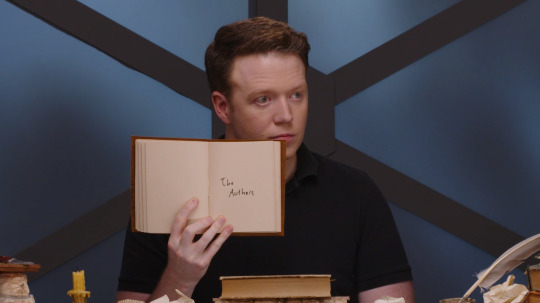
brennan's choice to bring the authors into neverafter is an interesting move -- on a basic, storytelling level, it adds another dimension to the cosmic horror elements already in place, which is useful primarily because brennan likes cosmic horror and tends to rely on it, so we have a lot of basis for comparison going forward. on another level, and one that i find more fruitful largely because it brings something very new and sharp to the story, is that we now have textual acknowledgement that these tales were recorded or written with authorial intent. we've yet to see if brennan will be invoking basile, perrault, the grimms, etc., but they are present in the text now and can be considered as much a part of the neverafter story as the characters themselves. all that said, i want to start thinking about what that authorial intent was, and how it has developed in our retelling.

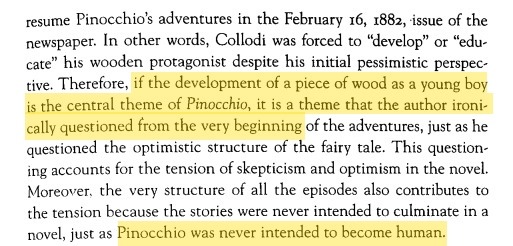

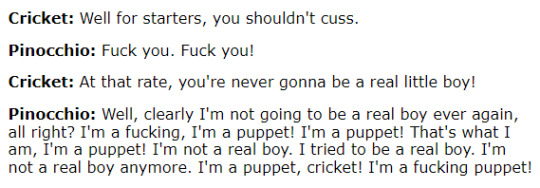


much of the horror in neverafter is centered on pinocchio -- he is our most direct link to the stepmother, an entity that consumes other characters (notably, her own children and red's grandmother, and presumably snow white's stepmother) in order to achieve the same power as the authors. so we can demonstrate a link between authorial intent and parental authority, and we can assume that neverafter is interested in the intersections between parent and author as roles occupied in order to control characters or stories and their eventual outcome.
as a character, pinocchio is pinocchio, but acting on an archetypal level he is also the child: his original tale was inspired by and modeled after the "jack" tales, after all. there are two primary roles that the child can inhabit in fairy tales. the good child is rewarded, and the bad child is punished. as a character, pinocchio confuses these roles, and we can see why -- the original intent of his tale was not to reward him, and he was never supposed to become "good" and therefore "real." he was meant to die as a puppet. in nva4, pinocchio dies as a puppet. the dissonance of collodi's tale is recognized in the stepmother's promise to pinocchio, stating that she can make him real when it is impossible for him to be good.
in this, the stepmother takes on the role of both the blue fairy and geppetto in pinocchio's story. but those roles, as written by collodi, were never meant to be gentle -- the parent is not meant to be a source of care, or protection.


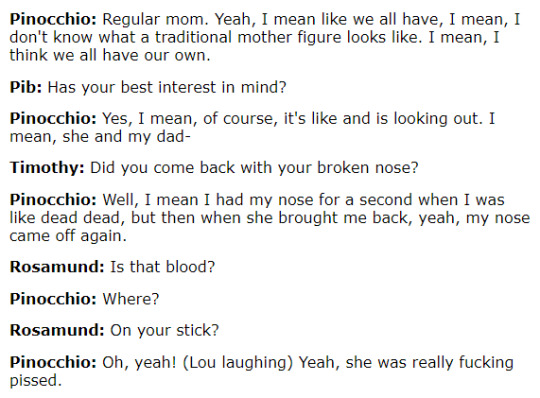


brennan is not collodi -- his concerns are less material, less related to the issues of class and poverty and survival present in collodi's tale -- but, consciously or not, he has drawn on the way the original story primes pinocchio to accept violence from parental figures and to understand their anger towards him as a function of a properly told story. in this instance, with the agency of a player behind him, he is able to develop new aims and defy his parental authority -- and we can see that the world of neverafter is unable to function properly when pinocchio cuts his strings and rejects his role as a servant to his father's wellbeing.
so, again, we see the stepmother taking on geppetto's role -- but what about the fairy? what about the fact that our pinocchio was introduced after the end of his tale, and what about the role the fairy has played until now? she was the one that killed him the first time, not the stepmother; she was the orchestrator of his moral adventure and, as neverafter so succinctly put it, the figure in control of whether or not pinocchio is "real."
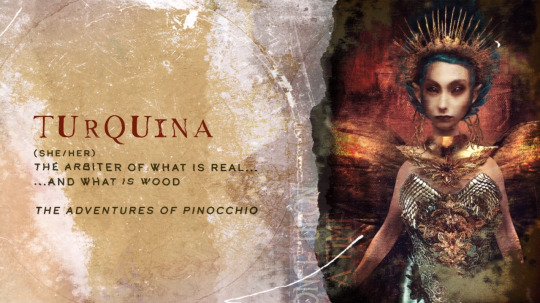



there has been a clear schism between the fairies and the stepmother in neverafter -- we can see that in the exchange between the stepmother and cinderella's fairy godmother, particularly the claim that "magic was never [the stepmother's], magic is [the fairies']!" but what the fairies seem to resent is the stepmother's authorial role, her ability to take stories and reshape them, rather than the character role she plays within the stories themselves.
additionally, there have been a lot of hints that this was a "good" world, and that there is something to return to, if the stories can be restored to their "real" versions. but by breaking down the original pinocchio tale through the lens of what has occurred in the neverafter, we can see that this corrupted version is not really so different -- the macro effect, the authorial intent through first the stepmother and then brennan himself, has clearly changed, but the effect on pinocchio as character and the child as archetype remains.
i take the introduction of the authors into the tale and the link drawn between them and the stepmother to be our first significant sign that things will not be able to return to the happily ever after -- our first real critique of the conditions of thought created and reinforced within fairy tales, and hopefully, a sign that brennan is questioning not the optimism of the fairy tale but the goals fairy tales set out to achieve.
#ids in alt text#tumblr ate like three paragraphs of this between drafts btw so idk if my argument came thru on the retype#but im getting this out now before ep9 either contradicts this or says it for me#this is my ep8 post disguised as a pinocchio deep dive btw<3#dimension 20#neverafter
540 notes
·
View notes